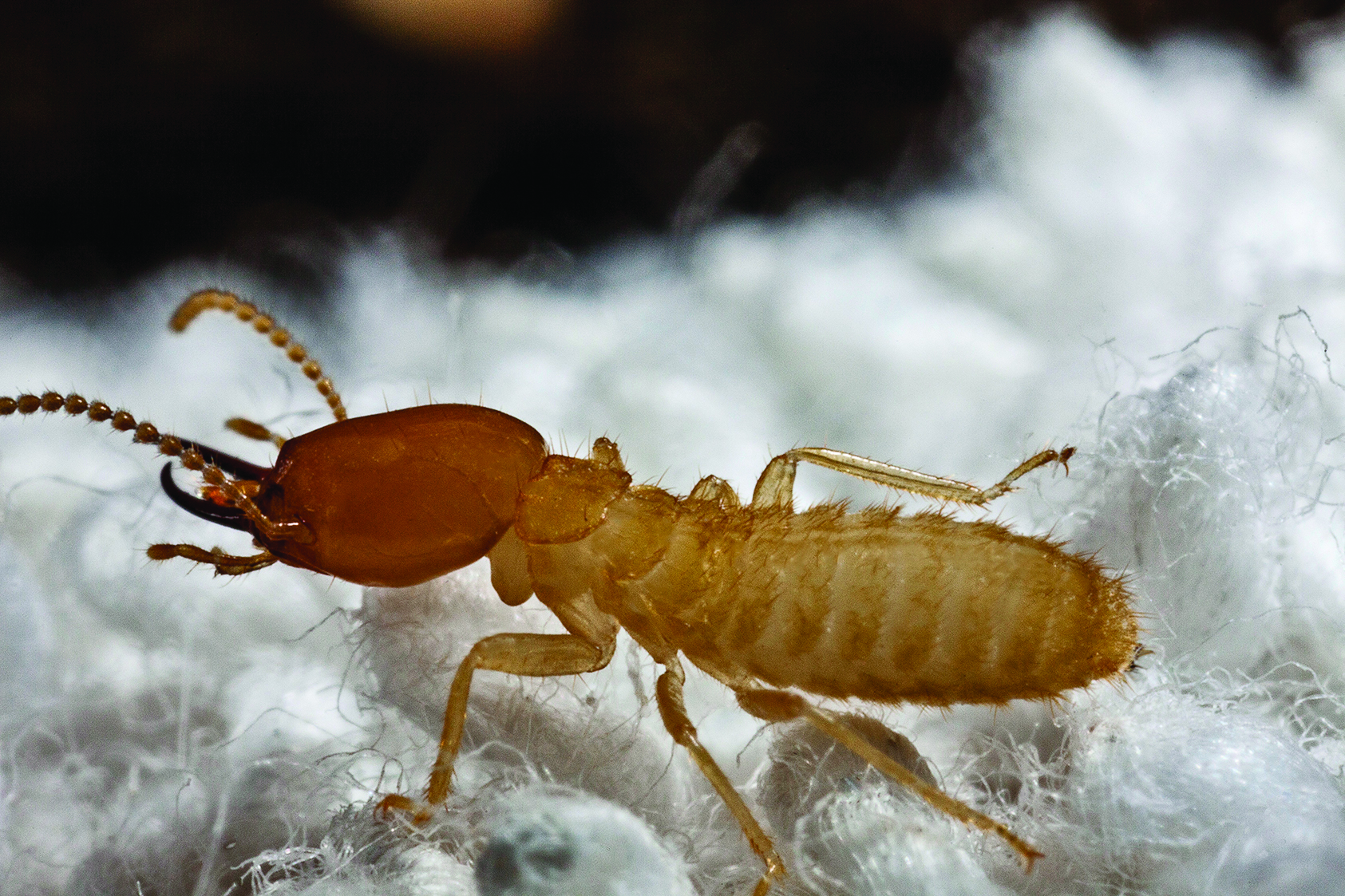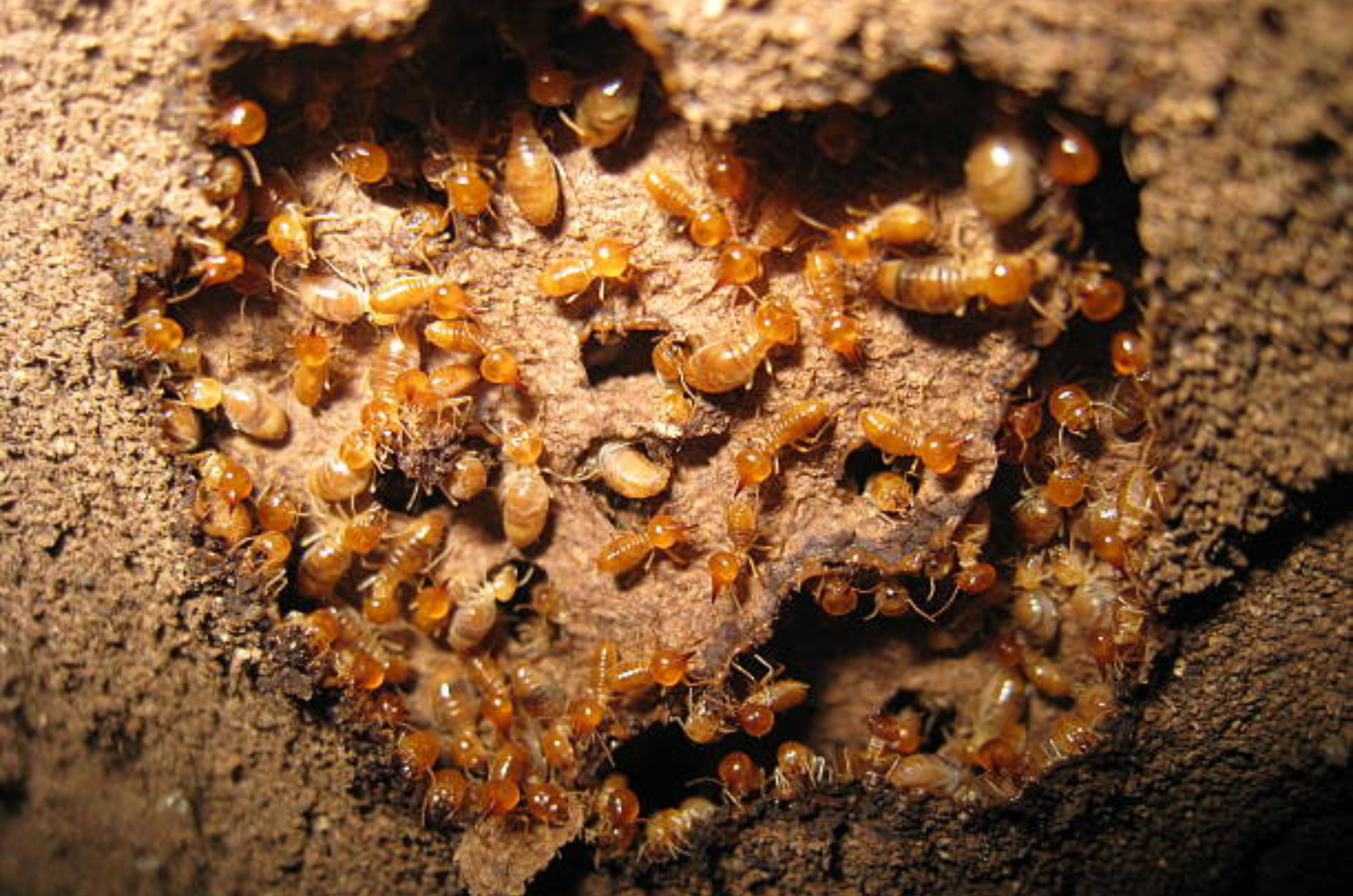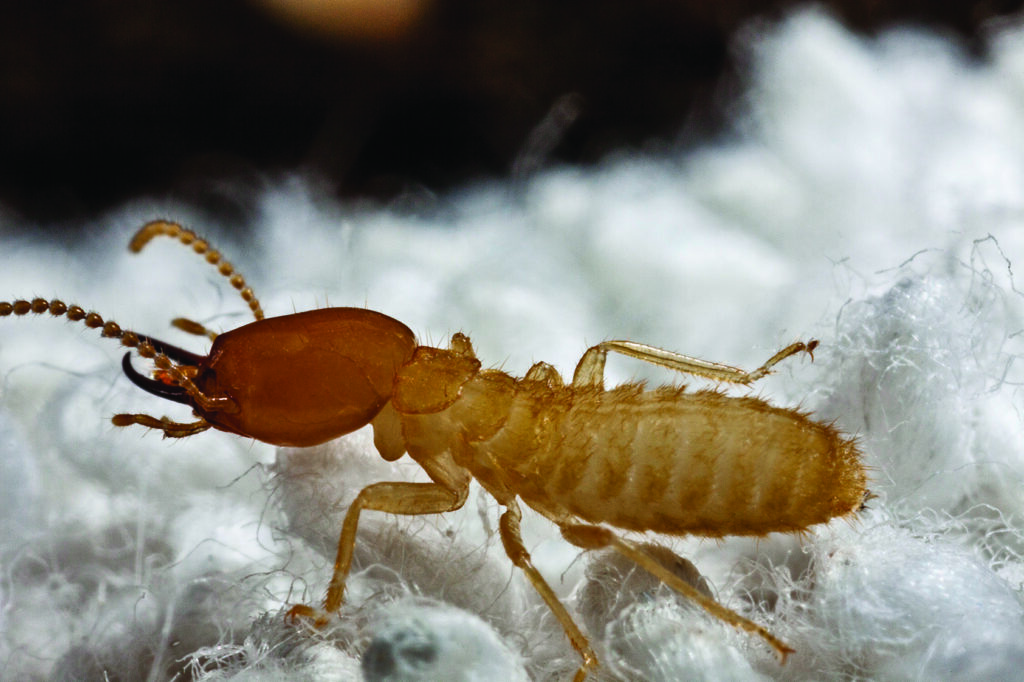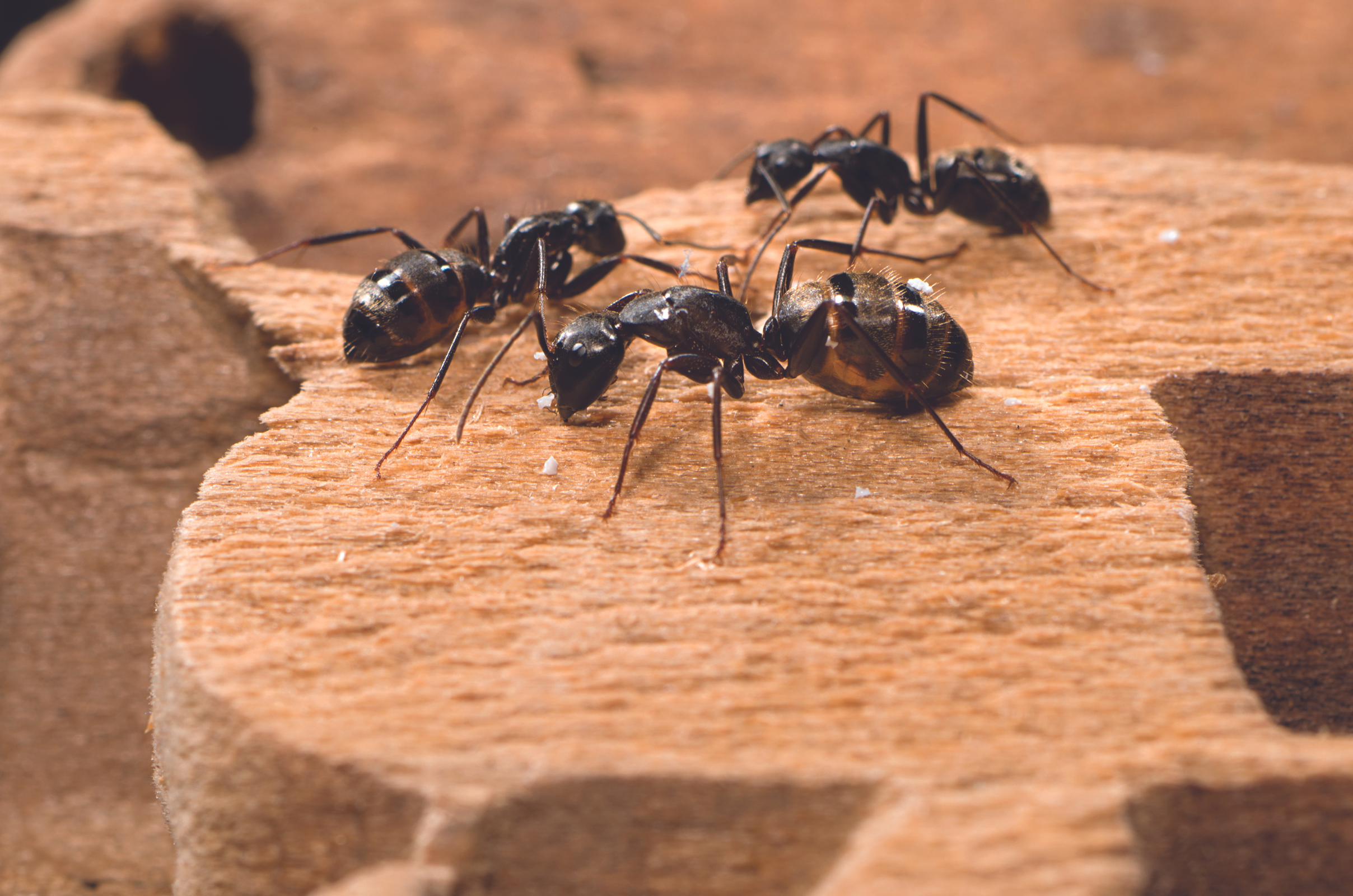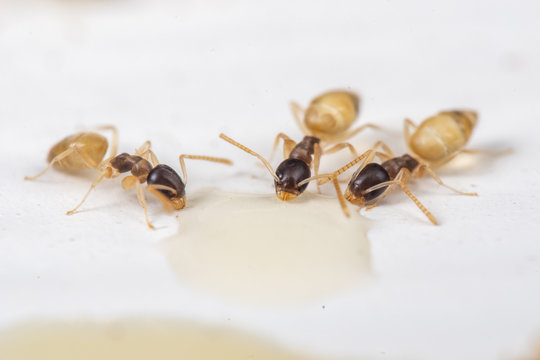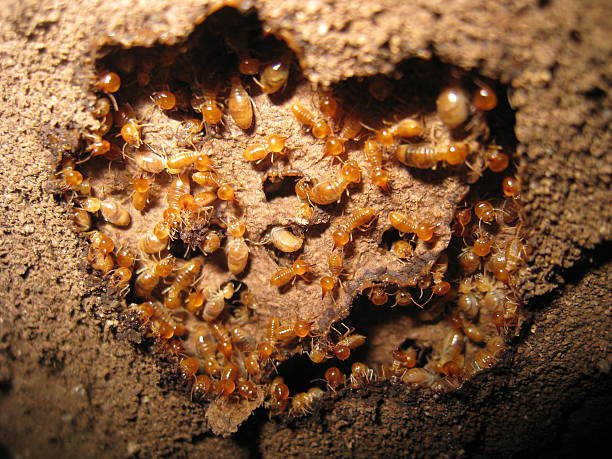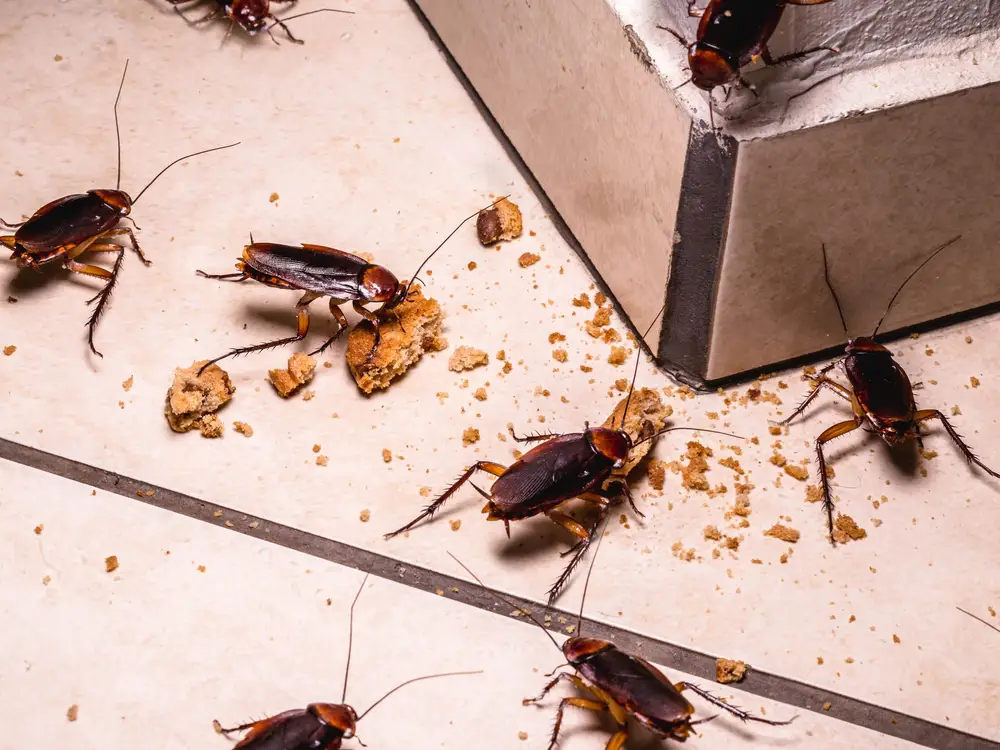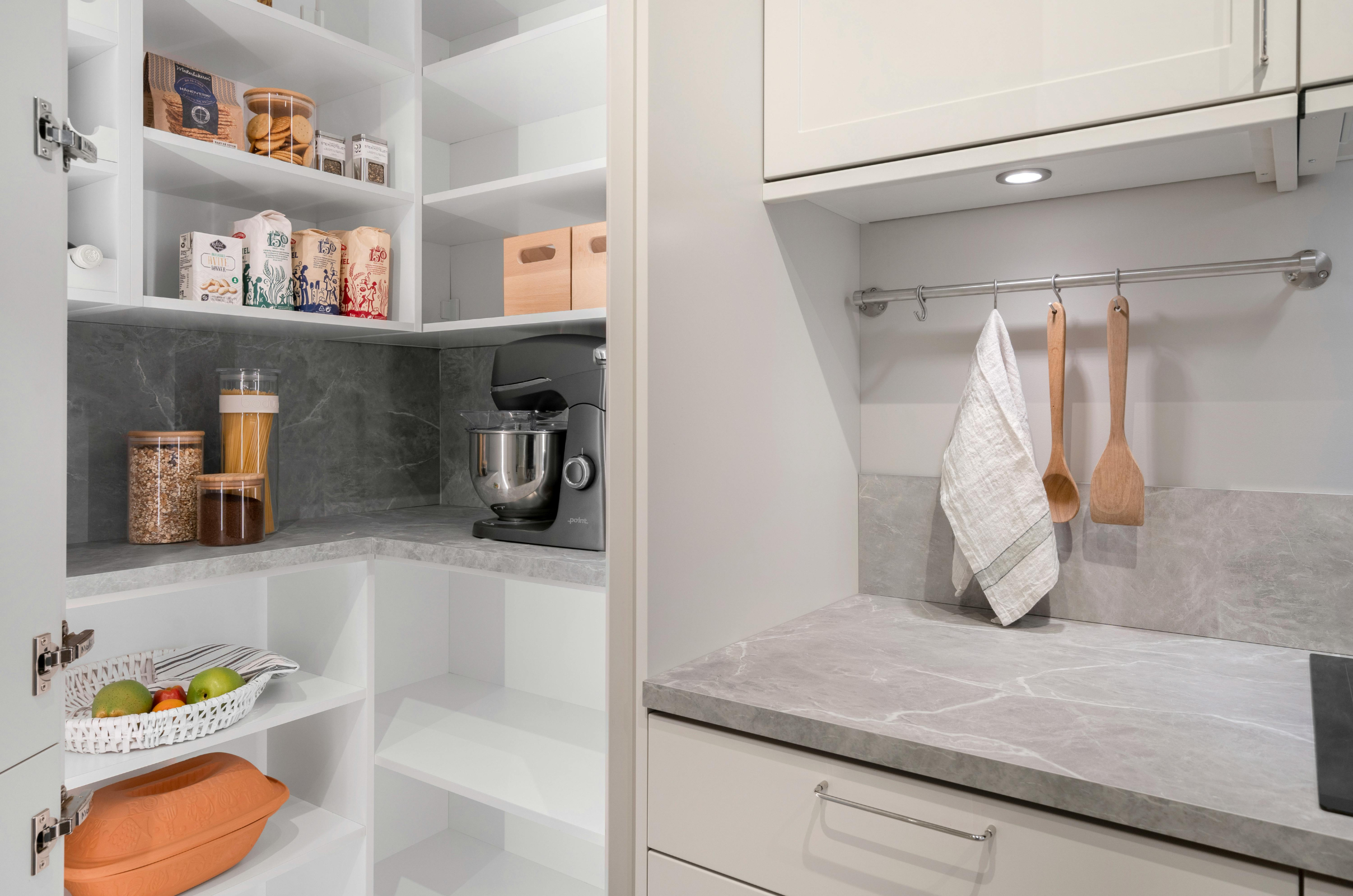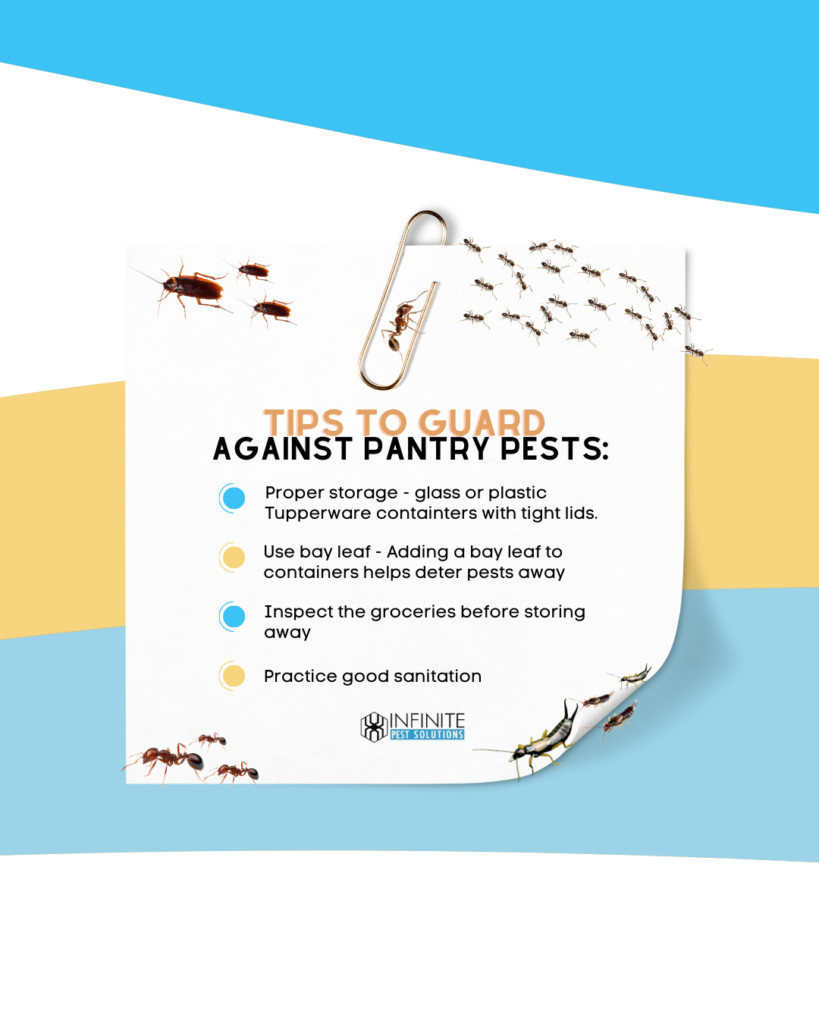Termites: A Guide to Identifying These Hidden Pests
Termites are famously known as the “silent destroyers” as they can quietly damage your home before you even realize they’re there. Knowing what termites look like can help you spot an infestation early and take action before serious damage occurs. In this guide, we’ll break down what termites look like at different stages of their lifecycle and how to distinguish them from other insects.
Termite Appearance: What to Look For
Size & Shape
Termites are small, usually ranging from ⅛ to ½ an inch long. They have soft bodies, straight antennae, and a segmented shape. Unlike ants, their waist is not pinched, giving them a more uniform body shape.
Color Variations
Termite color depends on their species and role in the colony:
- Worker Termites – Creamy white or pale in color, these termites are the most common and are responsible for eating wood.
- Soldier Termites – Similar in color to workers but with larger heads and powerful mandibles (jaws) for defense.
- Reproductive Termites (Alates) – Often brown or black, these winged termites are responsible for starting new colonies.
Winged Termites vs. Flying Ants: How to Tell the Difference
When termites swarm, many homeowners mistake them for flying ants. Here’s how to tell them apart:
| Feature | Termites | Flying Ants |
|---|---|---|
| Waist | Thick and straight | Narrow and pinched |
| Antennae | Straight | Bent or elbowed |
| Wings | Equal size | Unequal size (front wings longer than back wings) |
| Color | Pale, brown, or black | Dark brown or reddish |
* If you see winged termites near your home, it’s a warning sign of an active infestation nearby! *
Where to Spot Termites
Termites often go unnoticed because they live inside wood, soil, or walls. Look for them:
✅ Near wooden structures (decks, fences, crawl spaces)
✅ Around mud tubes along foundations
✅ In damp, dark areas like basements
✅ Inside hollow-sounding or damaged wood
Think You’ve Seen Termites? Take Action Now!
Termites are NOT a DIY pest—they can cause thousands of dollars in damage before you even see them. Contact us now for an inspection!


